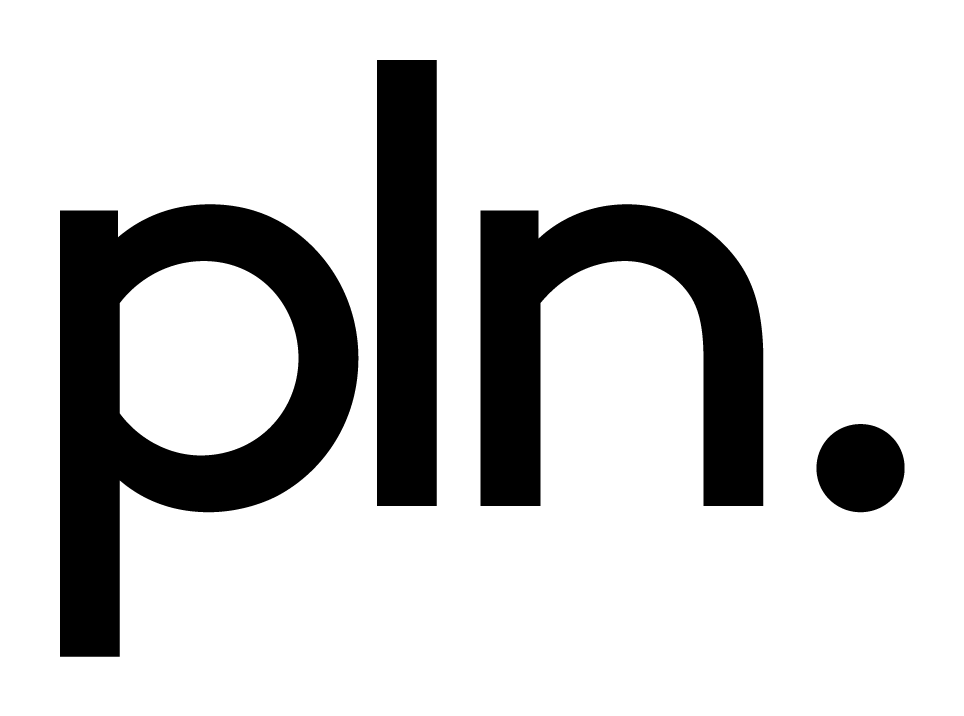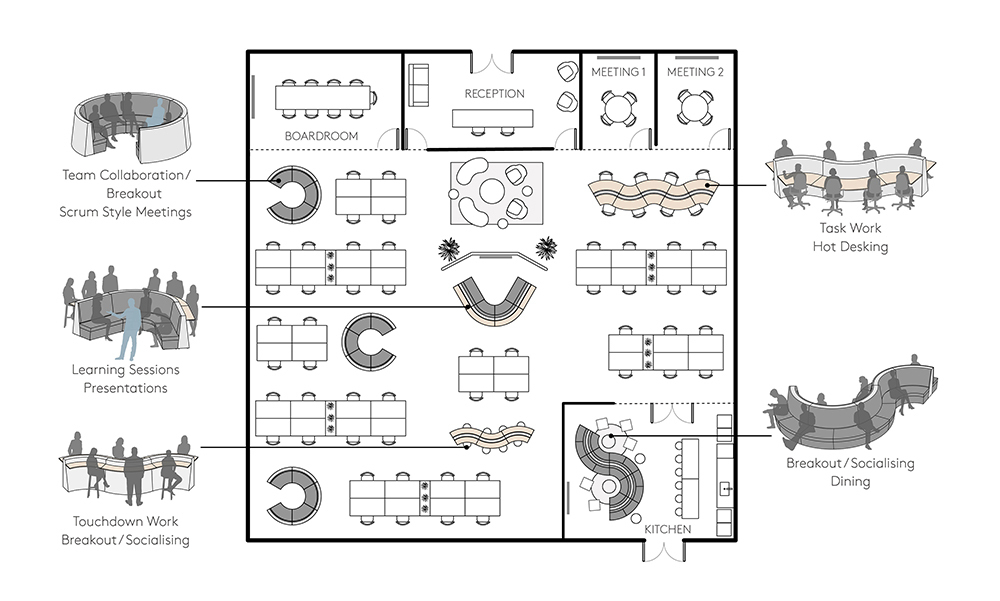Studies by Microsoft revealed that 50% of their enclosed meeting rooms were generally only occupied by one person – even large rooms.
A Waste of Space
In their offices Microsoft aims to create spaces that fit well for how people actually use them – with the aim of designing for the best user experience. The company undertook an overhaul of its 800 offices around the world. In the Milan office they completed a time-use study to see how employees were using the space (Designing for the employee experience-Doug Lowrie, Global Workplace Product Manager, Microsoft, The Leader, March 2018). Using data points collected over 180 days through Wi-Fi they were able to track how people were using the spaces.

